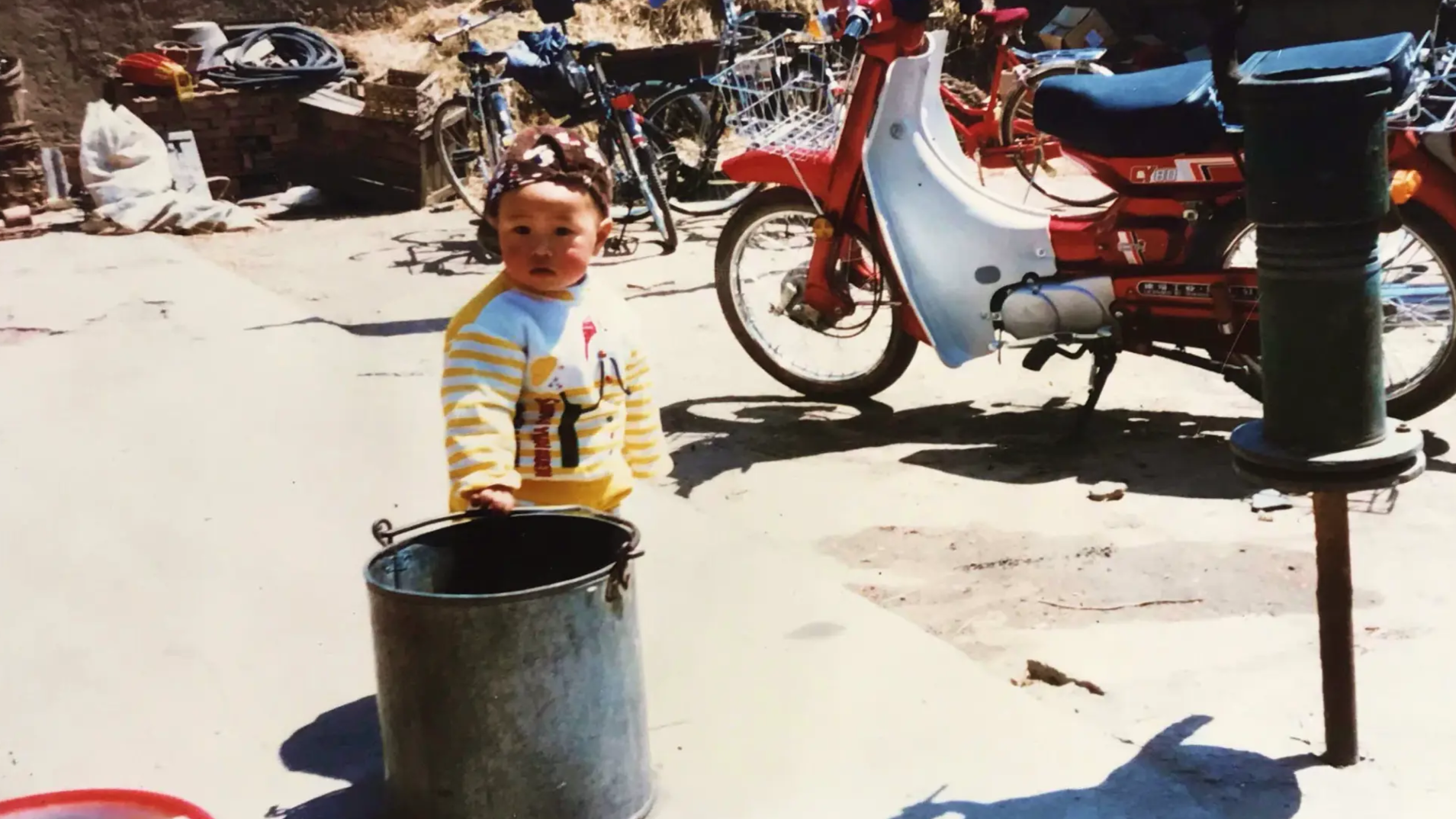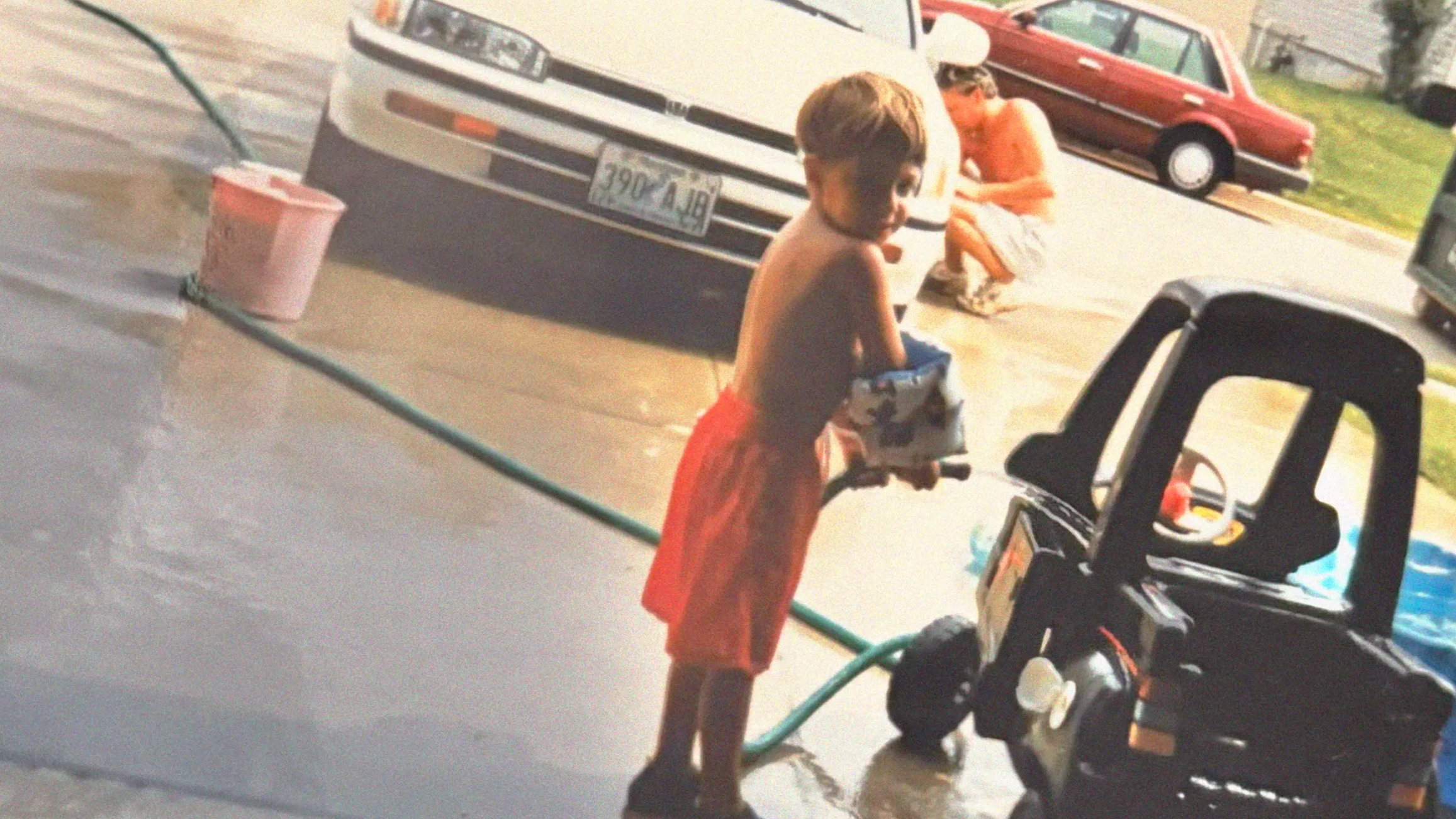Memory Bank: Kelin Carolyn Zhang of Poetry Camera
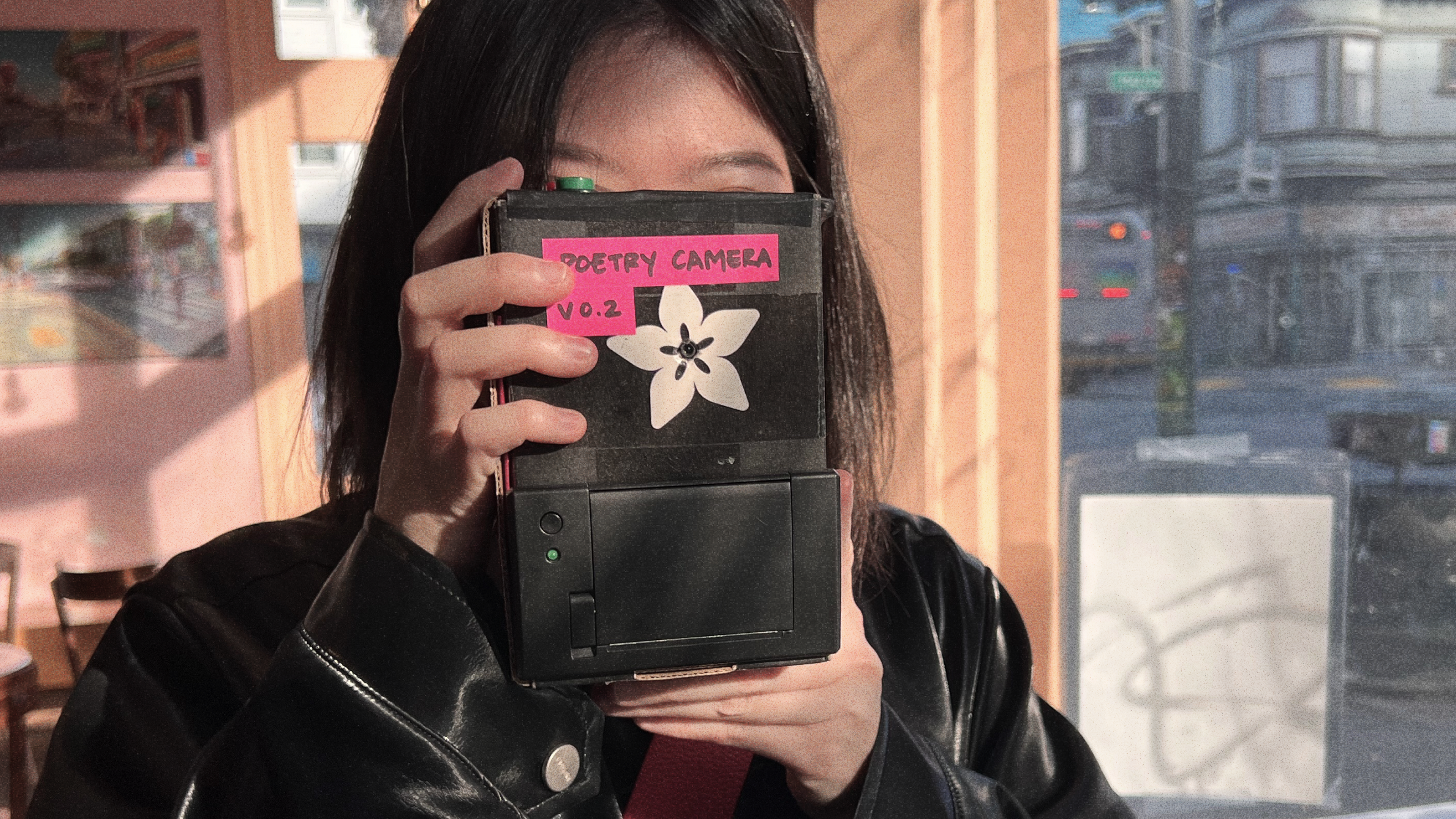
Tamara Rahoumi is a writer and content strategist working at the intersection of finance, tech, and startups.
Kelin Carolyn Zhang is co-founder of Poetry Camera, a device that generates poems about what it observes, instead of capturing traditional photographs. Zhang, alongside co-founder Ryan Mather, sought to break through the norms for how we interact with technology, culminating in a product that helps uncover the hidden beauty in everyday life — and prove that AI can foster more playful and surprising interactions between humans and the world around them.
These are Zhang's words, as told to the Mercury team. Content has been lightly edited for clarity and brevity.
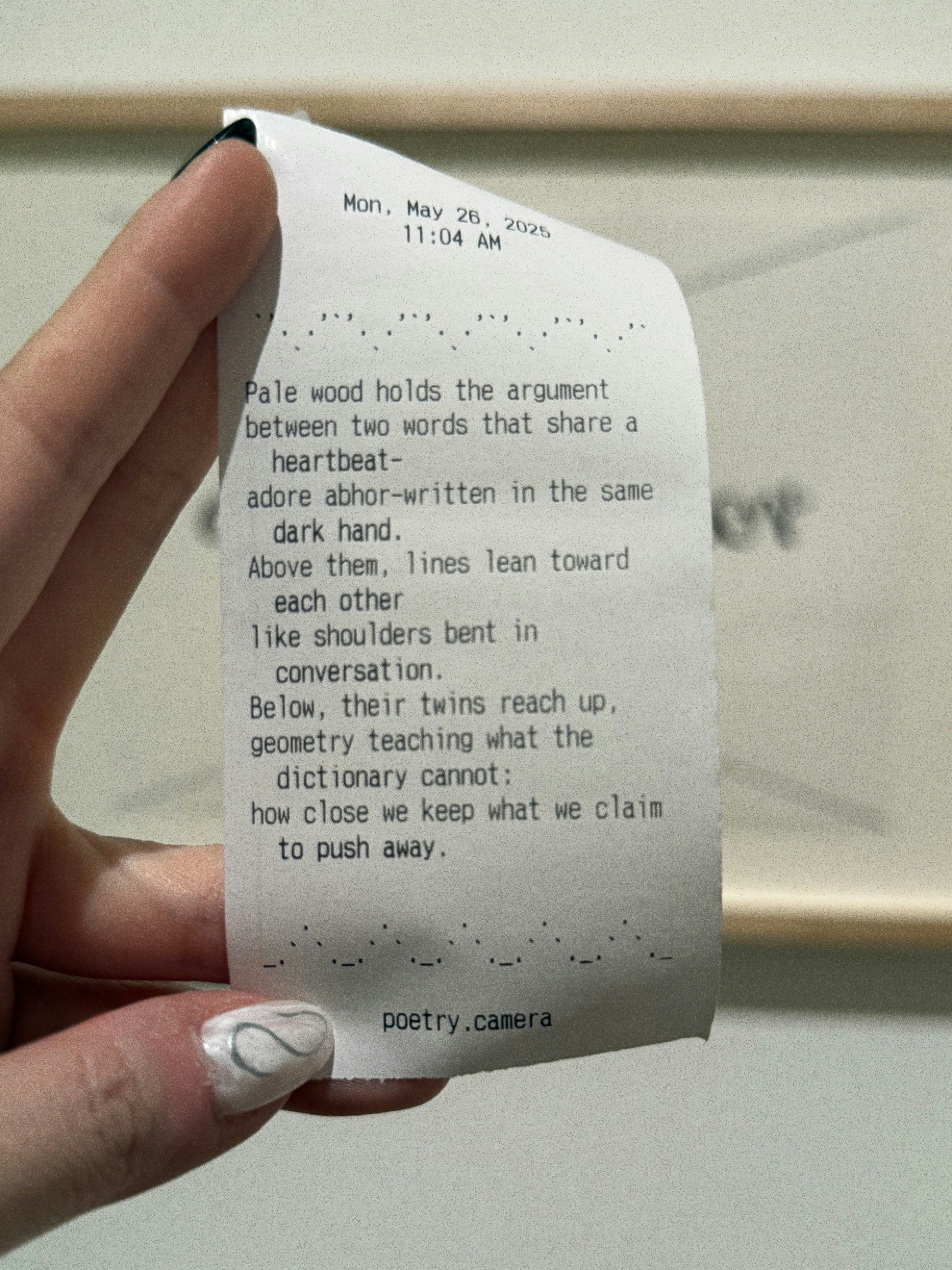
It was probably around five in the morning when I finally looked up from my screen. I’d been talking to ChatGPT for hours, and for the first time in years, I felt like a kid again.
I’m a designer by trade, which means I’ve spent my entire career working with computers that behave in predictable ways. You click here, something happens there. Input A leads to outcome B. It’s a language I’d grown fluent in; a relationship I’d come to expect.
But that night, the computer was talking back to me in ways I’d never experienced.
ChatGPT was still new, and I couldn’t believe how much it was changing the way I interacted with a computer I knew so well. Suddenly, it wasn’t just responding — it was surprising me. Every prompt I gave it sparked something unexpected, something I couldn’t have anticipated. The conversation felt alive, unpredictable, almost playful. I found myself laughing out loud at responses that caught me off guard. Every response pulled me deeper into the conversation, and the hours sort of dissolved as I fed it prompt after prompt.
By the time the sun was creeping up, there was this undeniable question forming in my mind: if a computer could talk to me differently, what else could behave totally differently now?
I’d always been drawn to things that subvert expectations, but this felt bigger than anything I’d encountered before. This wasn’t just a new tool — it was a new way of thinking about what machines could do, how they could surprise us, how they could make us feel.
Imagine reinventing what a camera actually was. What if we could make it do something else entirely?
I was on sabbatical at the time, having just left my job at Twitter, finally giving myself space to explore my own projects. I was chatting about project ideas with Ryan [Mather] — someone I’d crossed paths with in New York’s design community — over Twitter DMs. He told me about a project he’d been dreaming about: a “poetry camera” that could look at the world and write poems about what it saw.
I couldn’t get the idea out of my head.
Thanks to smartphones, everyone has a camera now. We point, we shoot, we get exactly what we expect: a visual record of a moment. But imagine reinventing what a camera actually was. What if we could make it do something else entirely? What if it could surprise you the way ChatGPT had surprised me that night?
So we went for it.
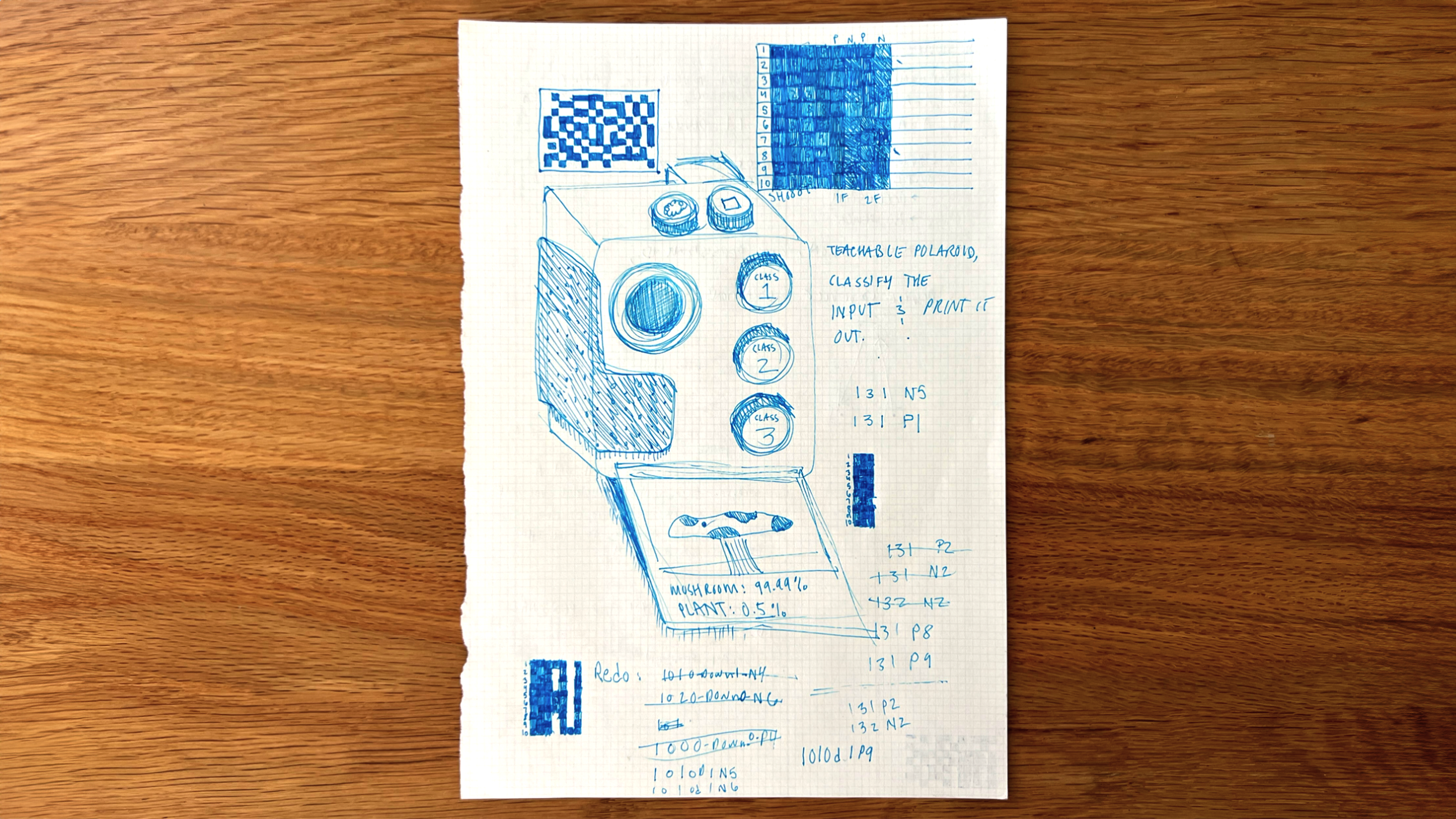
I was admittedly nervous about coding and didn’t feel particularly ready to tackle it, but I kept reminding myself that this was what my sabbatical was for — to try new things and experiment.
The same ChatGPT that had awoken a childlike curiosity in me now became my teacher, walking me through raspberry pi setups and thermal printer configurations over four intense days. I didn’t know what I was doing, but I was doing it anyway.
We made the first prototype in four days, and it was honestly pretty terrible. I tested it with a photo of Ryan’s dog and got back a poem about the National Mall that made absolutely no sense. But still! Multimodal models [AI systems that can process information from multiple data types] didn’t exist at the time, so seeing a photo turn into words felt magical. Watching those first words print out on that little thermal receipt, I felt the same electric excitement I’d felt during that late-night ChatGPT session. It was working — not well, but it was working.
It took us a year to fine tune things enough that we had a public-ready prototype. We took our prototype out to Washington Square Park to shoot some TikToks with it, and that’s probably the moment when things started to take off for us. Strangers started approaching us before we even turned it on. They were so curious about what it was.
And then when they realized what it did, that was just magic. It’s like you had all these adults turning back into children, trying different poses, asking what else it could do — just breaking completely out of their shells.
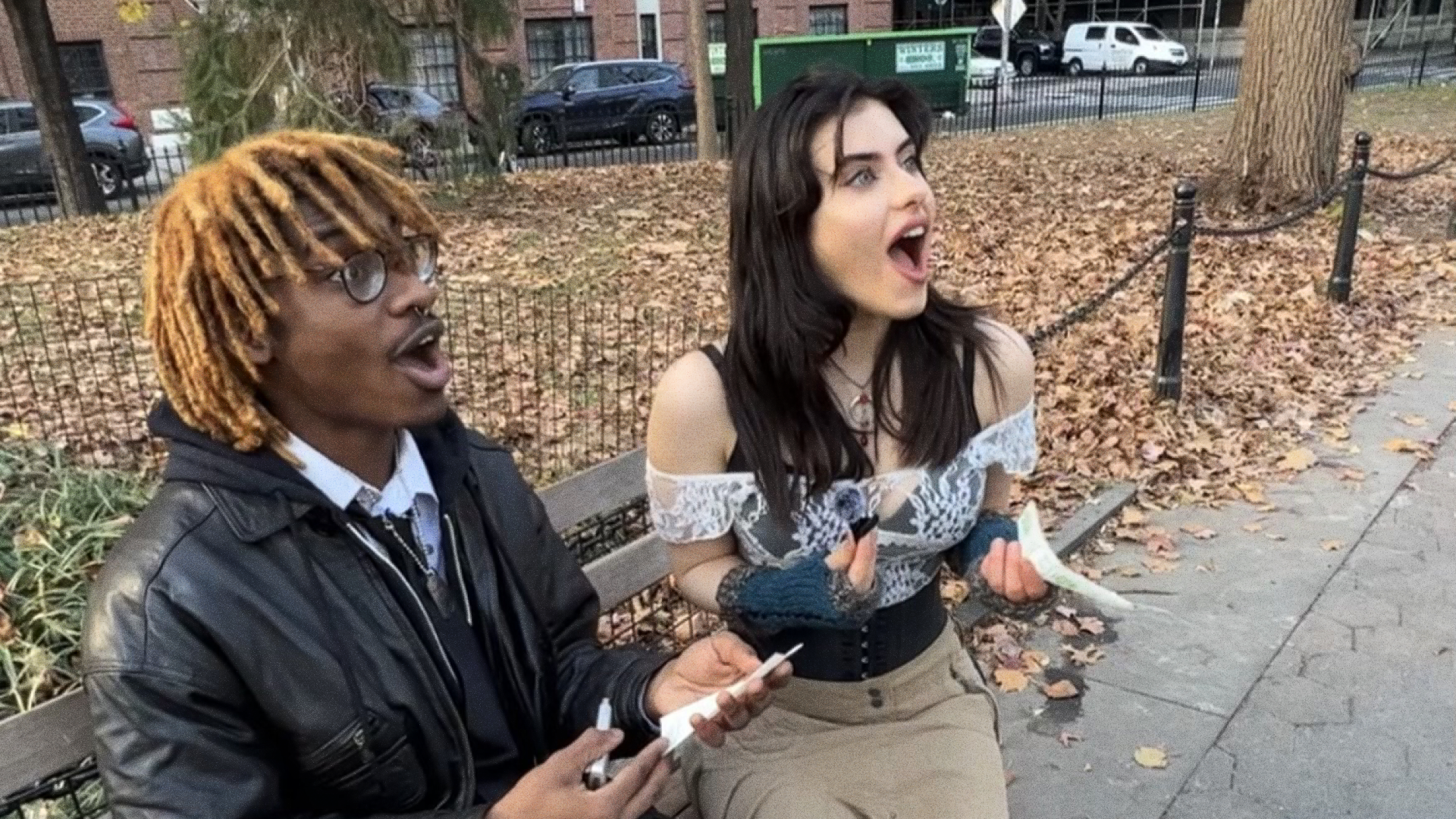
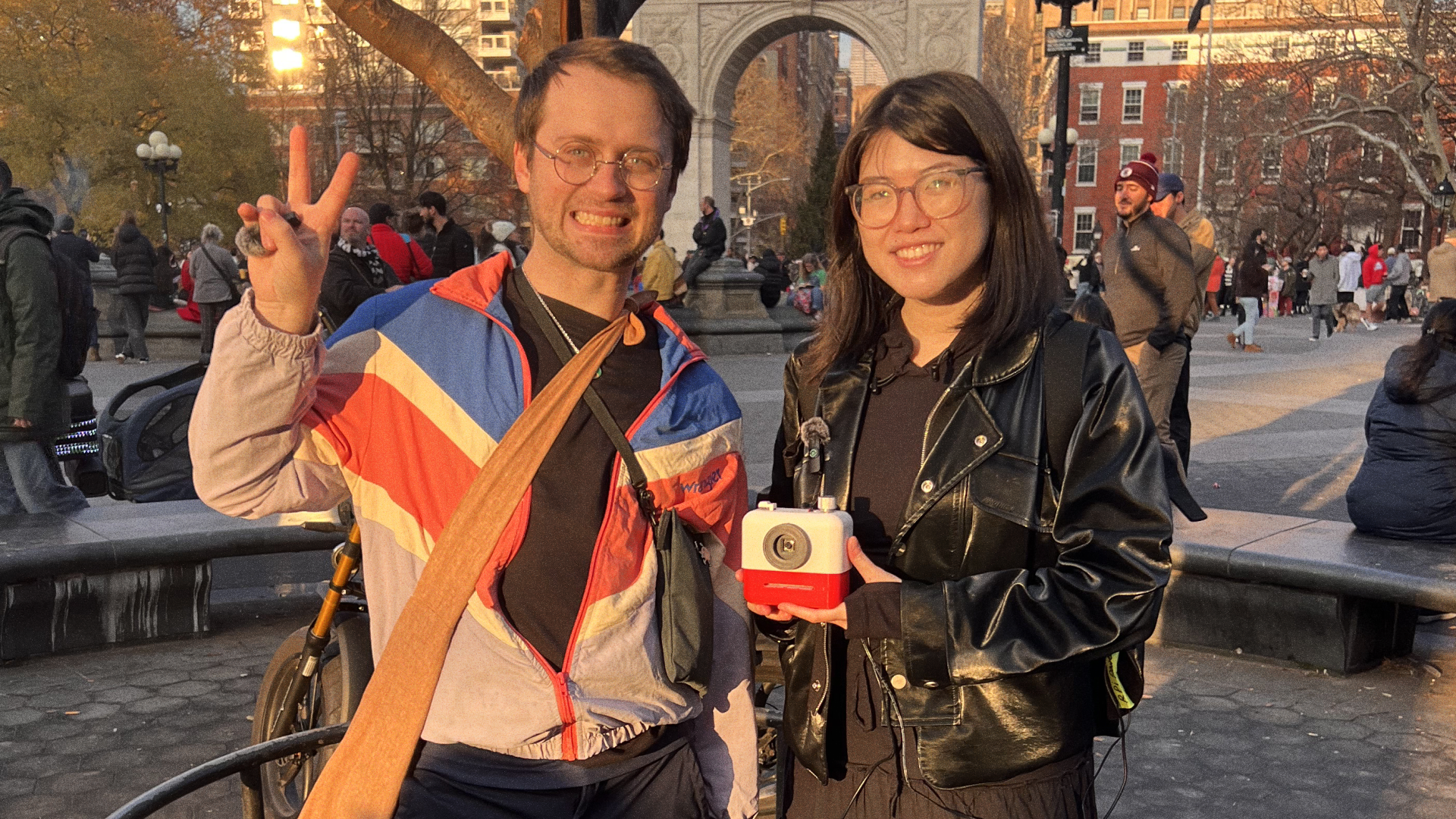
Watching person after person have that same moment of wonder I’d experienced when playing around with ChatGPT for the first time, I realized we’d tapped into something fundamental. We live in a world where technology mostly confirms our expectations. Our phones do what we tell them to do. Our cameras capture exactly what we point them at. But there’s something powerful about tools that surprise us, that make us feel like kids discovering how the world works for the first time.
It’s as if some of the most interesting things happen when we let go of our need to control outcomes — when we create space for genuine surprise. It’s a philosophy that’s shaped everything we’ve done since: “We have infinite options,” we like to remind each other when facing tough decisions, but ultimately the energy in the room and that sense of curiosity is more important than any of the actual ideas.
Even as we’ve iterated and evolved — refining the exterior design, upgrading the internals, moving closer to a production-ready version — curiosity remains our driving force. We still ask ourselves ‘what does the poetry camera want?’ treating it less like a product and more like a character with its own desires.
I’d always been drawn to things that subvert expectations, but this felt bigger than anything I’d encountered before.
Poetry Camera is a nice reminder that the best technology doesn’t just work — it makes you feel something. It brings out people’s sense of wonder. Even in a world of endless screens doing exactly what we expect, there’s still room for a little magic.
Sometimes I think about that night, messing around with ChatGPT when I should have been asleep. I never could have imagined that it would eventually lead to people getting visibly emotional after reading their poem — it changed my whole perspective on what I wanted to focus on in my career and with my creative practice.
But maybe that’s how the best ideas work — they don’t announce themselves. They just start with a moment of wonder that opens you up to possibilities you never saw coming.
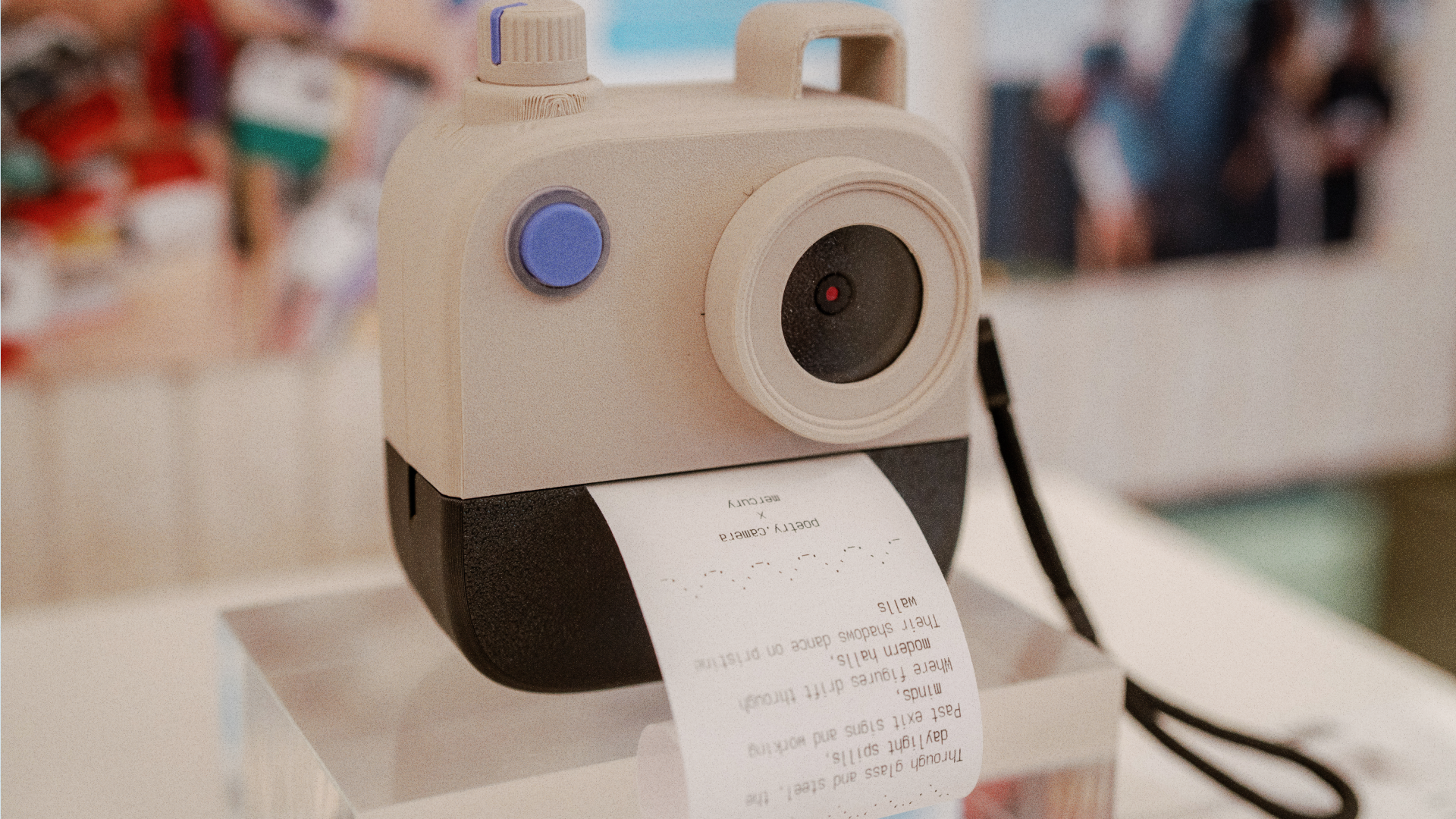
About the author
Tamara Rahoumi is a writer and content strategist working at the intersection of finance, tech, and startups. Guided by curiosity, she's drawn to the human stories behind what's being built and enjoys the creative challenge of turning ordinary or technical topics into engaging, unexpected content experiences.

